Description
Has been historically used for tonic, laxative (mild), antiseptic, refrigerant, bitter astringent, antacid, diuretic, resolvent, stomachic, cholagogue, purgative (large dose).
A deciduous shrub. The roots are yellow on the outside. The bark is bitter. Leaves are obovate. Stems are from 3-8 feet high, reddish when young, a dirty gray when older. The bright red, oblong berries grow along spiny, grooved branches and have an acid but agreeable taste. Should only be eaten when ripe. Found throughout eastern and central U.S. in hard, gravely or rich soils. Other species are found throughout the northern and western U.S.
The berries have an acid but agreeable taste and should only be eaten when ripe. They can be preserved or pickled. Bark of the root is hepatic. The berries are historically used as a laxative and a refrigerant, and historically used for reducing fevers. The fresh juice is historically used to strengthen gums. A decoction of either the berries or bark makes a good mouthwash or gargle for mouth and throat irritations.
Origin: Croatia, India, United States
Latin Name: Berberis vulgaris, Berberis aristata
Also known as: European barberry, jaundice berry, pepperidge, pepperidge bush, sowberry, berberis.
Plant Part Used: Root Bark.
Appearance: Golden brown, yellow to greenish.
Aroma: Faint.
Taste: Strong, bitter.
Applications / Preparations: Can be put into capsules, herbal extract, tinctures, tea blends, salves, skin care & ointments.
Storage: Store in a sealed container in a cool, dry place.
Shelf Life: It is very difficult to pin down an exact expiration date for most single herbs as they do not really expire, they lose potency or strength over time but will still have value. Unlike synthetic material or drugs, herbs can contain many constituents that contribute to their medicinal effects. Even when we know what the active constituents are, there are often many of them in a single herb, each with different rates of degradation. Some herbs lose their effect more easily. Other herbs that possess more stable compounds such as alkaloids or steroids will last much longer.
A huge part of the degradation rate of herbs depends also on the storage conditions of the herb, & even on the quality of the herb before storage – how it was grown, harvested, dried & processed. If the product is left in hot places or open to sunlight then it will degrade much quicker than if it was stored in cool, dry place & sealed tightly.
A good rule of thumb is that herbs should be stored no longer than 2-3 years but many herbs will have great strength much longer than that. To determine if a an herb is still good you can check the appearance & aroma. Herbs that are no longer acceptable will have lost much of its vibrant color & will instead appear dull & faded. The bigger key though is to smell the raw materials to see if the potent aroma is still present.
Note: Not for use in pregnancy except under the supervision of a qualified healthcare practitioner. Ask our Certified Master Herbalist for assistance.

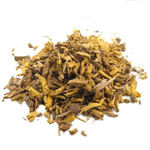
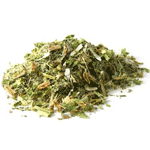
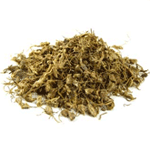
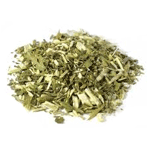

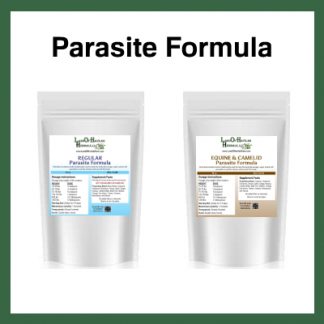
Reviews
There are no reviews yet.